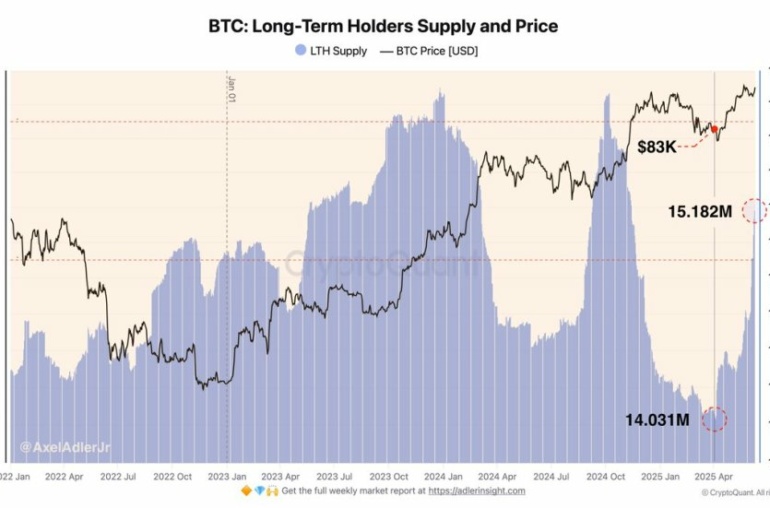
Understanding the 16% Decline in Blockchain Network Revenues in September
In a recent report, asset management firm VanEck highlighted a significant trend in the blockchain sector: a 16% decline in blockchain network revenues for the month of September. This downturn has raised eyebrows across the crypto landscape, prompting discussions about the underlying factors contributing to this shift.
The Impact of Market Volatility
One of the primary reasons attributed to the decline in revenues is the noticeable reduction in volatility within the cryptocurrency markets. Volatility is often seen as a double-edged sword in the world of crypto; while it can create opportunities for substantial gains, it also poses risks that can lead to sharp declines in market activity.
During periods of high volatility, trading volumes typically surge, and network fees rise as users rush to capitalize on price fluctuations. However, when the market stabilizes, as it did in September, trading activity tends to decrease. This stabilization results in lower transaction fees, which are a critical source of revenue for blockchain networks.
Market Sentiment and Its Influence
The sentiment in the crypto market often mirrors the volatility of asset prices. As prices settle, investor enthusiasm can wane, leading to reduced participation in trading and other blockchain activities. This drop in engagement further exacerbates the decline in revenues, creating a cycle that can be challenging for networks to break.
Looking Ahead: What This Means for the Industry
While the decline in September’s blockchain network revenues is certainly noteworthy, it’s crucial to view it within the broader context of the industry’s evolution. Blockchain technology continues to mature, with various projects and applications aiming to enhance user experience and efficiency. As these innovations take root, they could potentially revitalize market activity and stabilize revenues in the long run.
Investors and stakeholders should remain vigilant and informed about the changing dynamics within the crypto space. Keeping an eye on market trends, regulatory developments, and technological advancements will be key to navigating the complexities of this rapidly evolving industry.
Conclusion
The 16% decline in blockchain network revenues in September serves as a reminder of the inherent volatility and unpredictability of the cryptocurrency market. As the landscape continues to evolve, understanding these trends will be essential for anyone looking to engage with blockchain technologies and the broader crypto economy.



